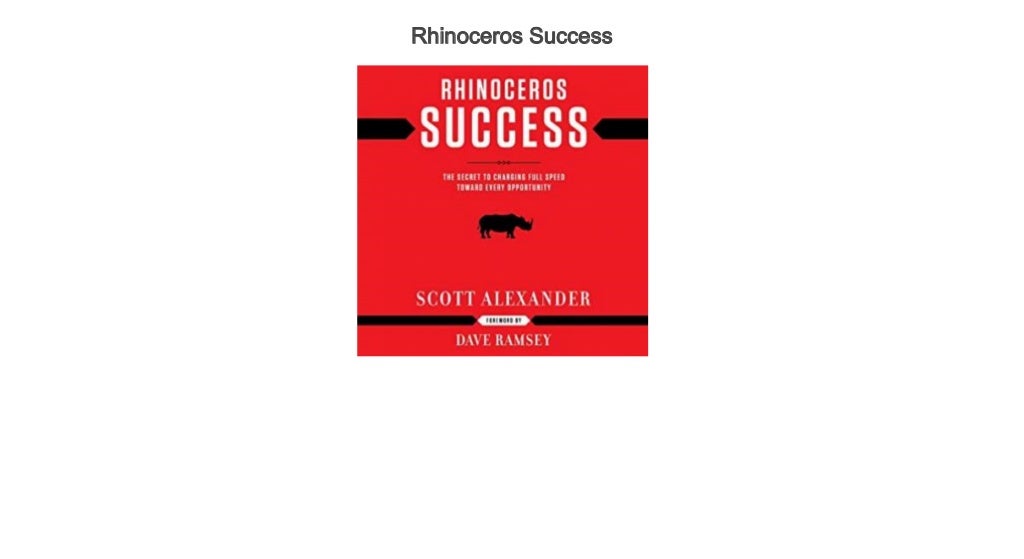

In an organisation, you don’t need like-minded people you need people who can work through and despite their differences. That seems reasonable, but consider the implications: should you turn down a first-rate accountant just because she isn’t a sports enthusiast? Should you turn away a handicapped person because he can’t engage in athletic activity? At what point does the focus on hiring “our kind of people” slide into rejecting “the other- not our type”? What if you, as this sports brand, seek to hire only those people who are into athletics and sport, reasoning that if a person doesn’t vibe with the company’s ethos and intent, then that person would be better off working elsewhere. Let’s say you are a company making athletic shoes and athletic gear and your mission is to serve the athlete in us. Of interest to us in this discussion, though, is organisational culture and its alignment with a brand’s purpose, point of distinction, and personality.

But it must be curated from that perspective for although all organisations have unique cultures, not all cultures are special. Your company’s culture is a stronger and more resilient part of your competitive advantage. You know that it is much easier for a competitor to copy your strategy than it is to copy your company’s culture. As one tech publication asked in December 2020: “How did manage to spend up to $10 billion and have so little to show for it?”
#RHINOCEROS SUCCESS TICKBIRD ANDROID#
The company tried to play catch-up, but it was too late between the iOS and the Android operating systems, the market for not just smartphones but also subsequently tablets was shut out for the brand. The inquiring mind therefore ponders: was the company’s foresight short-circuited by the company’s culture and self-concept? Even at the time the company made the fateful decision, hundreds of millions of feature phones were being sold around the world. My gut told me to say yes.”Īctually, the problem wasn’t the cost forecast, the problem was lack of institutional foresight. The lesson I took away from that was, while we like to speak with data around here, so many times in my career I’ve ended up making decisions with my gut, and I should have followed my gut. And in hindsight, the forecasted cost was wrong and the volume was 100x what anyone thought. It wasn’t one of these things you can make up on volume. Interested in that they wanted to pay a certain price for and not a nickel more and that price was below our forecasted cost. The thing you have to remember is that this was before the iPhone was introduced and no one knew what the iPhone would do.At the end of the day, there was a chip that they were.

And the world would have been a lot different if we’d done it. In an interview published in The Atlantic on May 16, 2013, the company’s then CEO admitted: “We ended up not winning it or passing on it, depending on how you want to view it. It saw itself as a high-volume, high-margin business and didn’t think mobile devices would give it the volumes it needed instead, making those chips would cut the company’s vaunted profitability.

When the world’s leading maker of semiconductor chips for computers was approached in 2007 by a Cupertino-based company to make chips for the launch of its category-redefining product-a smartphone-the chip-maker declined. And this is where the alignment between the organisation’s culture and its brand (or brand portfolio) gets intriguing.Ĭonsider, for example, the power of an organisation’s culture to foreclose opportunities for its brand. Nonetheless, marketplace success depends on a relationship that is symbiotically productive: the organisation’s culture powers the brand, while the brand provides feedback about external-world realities so that the organisation can adapt and evolve with institutional intelligence and imagination.Īn organisation’s culture-how the organisation behaves, based on its self-image derived from what it believes, cherishes, and intends-impacts a brand’s purpose, point of distinction, and personality. Brand managers may have some influence on an organisation’s culture, but certainly no control. There is irony in the situation, of course: the people who are customarily entrusted with steering the fortunes of a brand-inhabitants of marketing departments- have little or no control over the organisation’s culture.


 0 kommentar(er)
0 kommentar(er)
